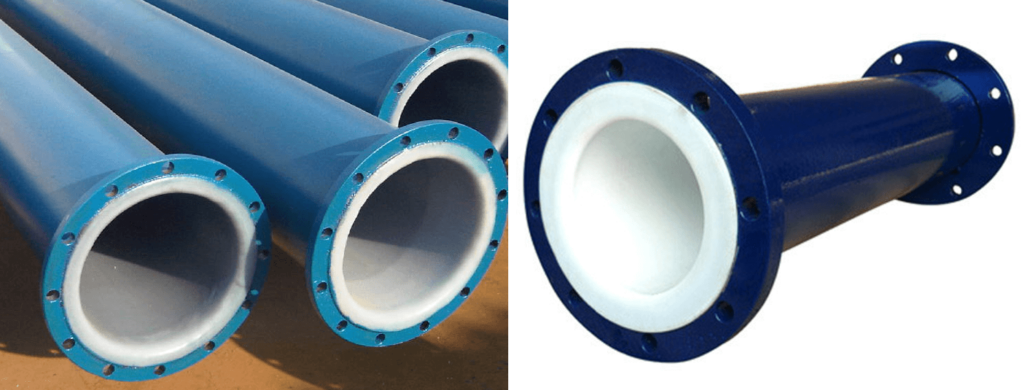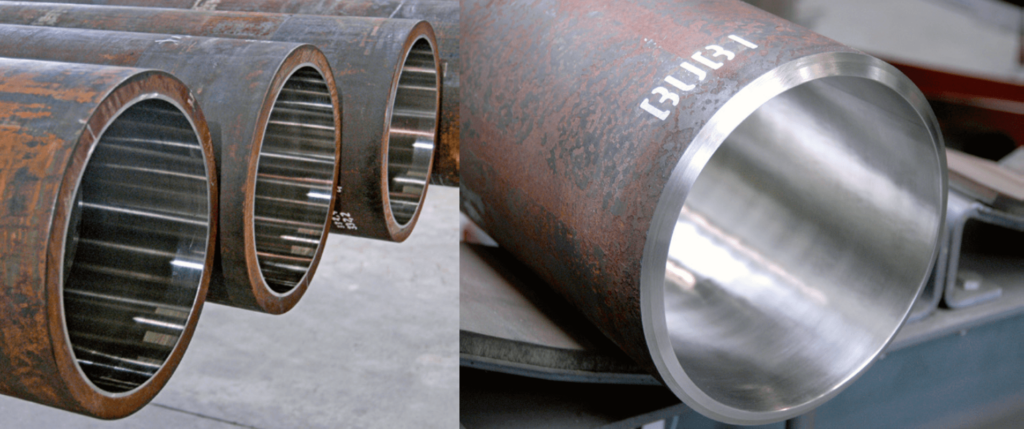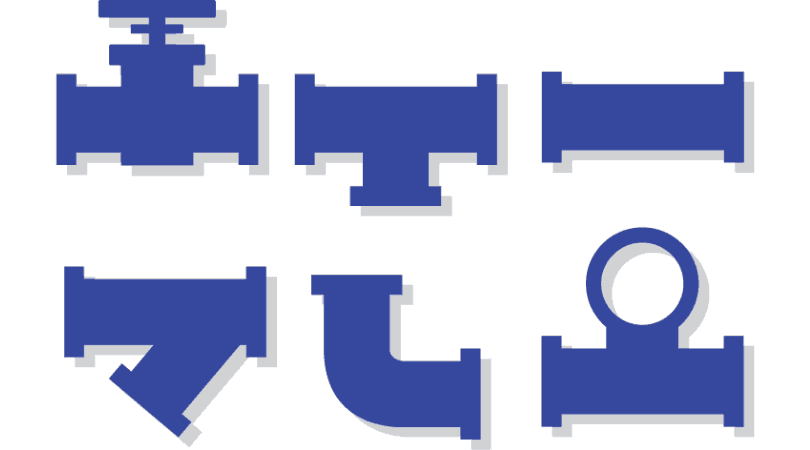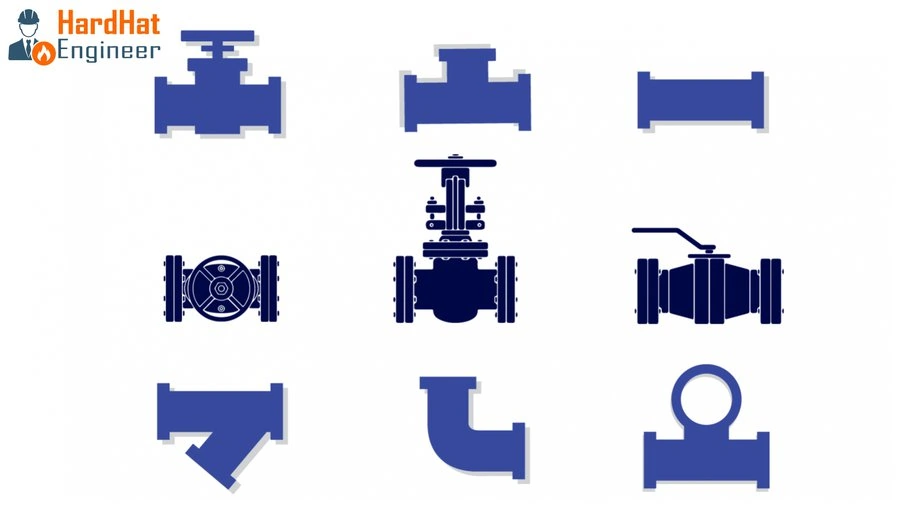With the increase in technological advances, lined and clad materials are getting popular in Process industries. By combining two materials, we can get the advantage of the two materials at a low cost. In this lecture, I will teach you about lined & clad materials used in piping.
Lined Pipe
The lined pipe has a Mechanical bonding between pipe and line material.
- By applying a lined material to a carbon steel pipe, we can get the benefit of anti-corrosion property of lined material and the strength of carbon steel.
- Commonly used lined materials are
- PTFE
- Rubber
- Glass
- FRP (Fiber reinforced plastic)
You can see the images of the lined pipe.
Image – PTFE India
Advantages of Lined Pipe
- A lined pipe can withstand tough chemical environments
- And Also offer an abrasion-resistant property with hard-lined material
- It is a cost-effective solution for non-critical services
Disadvantages of Lined Pipe
- Lined Pipe has a limitation of non-metal such as it cannot be used in high temperature and pressure services.
- The lined pipe is manufactured in small length pipe spools hence, large no of flange joints in line, which increases maintenance costs and chances of leakages.
Clad Pipe
A clad pipe has a Metallurgical bond between pipe and cladding material
- The cladding is done by an explosive bonding process or by welding clad material on a pipe
- High-strength carbon steel materials are cladded with high corrosion-resistant metal to achieve cost benefits
- Here you can see the clad pipe
Image – Butting.com
Piping Component Quiz – Test yourself, Take This Quiz
Unlock New Skills with Our Best Selling Online Courses
Advantages of Clad Pipe
Clad carbon steel can withstand tough chemical environments.
- A clad pipe can be used in high temperature and pressure services
- It is cost-effective for critical services as carbon steel can be used with a cladding of exotic materials.
Disadvantages of Clad pipe
- Fabrication of clad material is difficult, a special skill required for welding.
- Clad pipes are costly compared to lined pipe
Summary – Difference Between Lined and Clad Pipes
| Lined Pipe Vs Clad Pipe | |
|---|---|
| Lined Pipe | Clad Pipe |
| Use Non-metallic Material for lining | Use Metallic Material for cladding |
| Mechanical bonding with adhesive | Metallurgical bonding with welding or explosion bonding |
| Preferred in low pressure and temperature application | Use in all high pressure and temperature application as well |
| Fabrication is easy as mostly bolted joints | Fabrication is complicated due to dissimilar welding. |
| Less costly | Costly |
Are You Piping Components Master?





